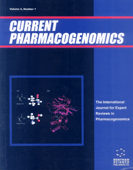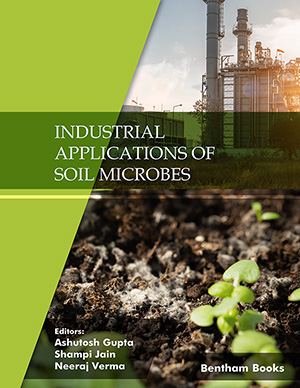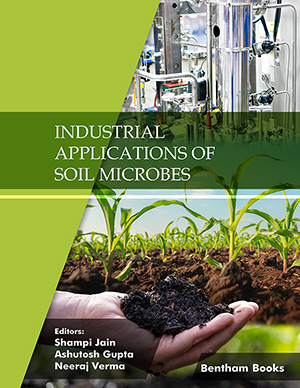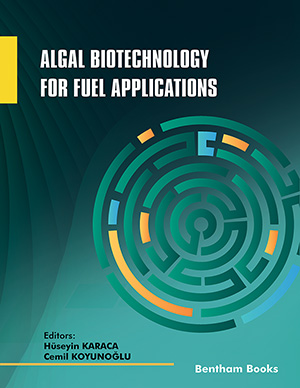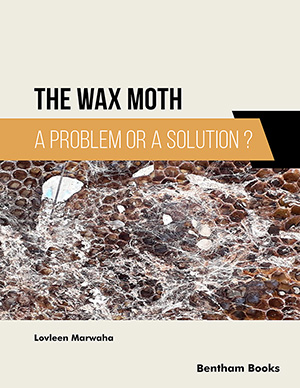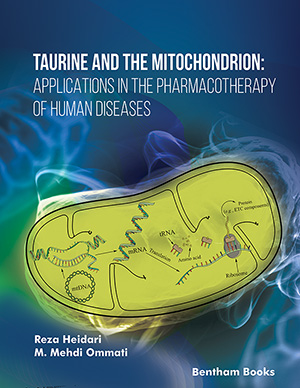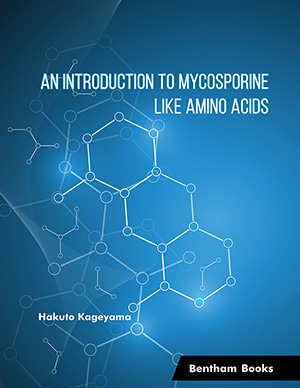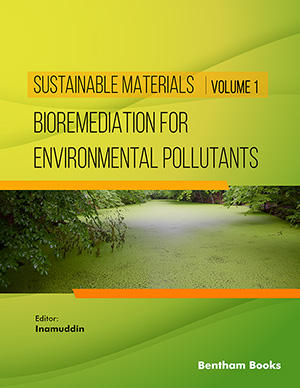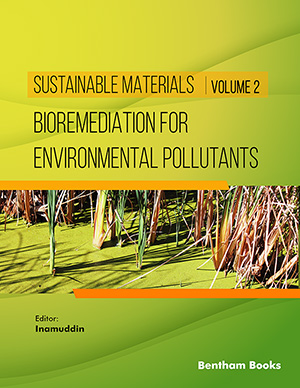Abstract
Fungal laccases are generalists biocatalysts with potential applications that range from bioremediation to novel green processes. Fuelled by molecular oxygen, these enzymes can act on dozens of molecules of different chemical nature, and with the help of redox mediators, their spectrum of oxidizable substrates is further pushed towards xenobiotic compounds (pesticides, industrial dyes, PAHs), biopolymers (lignin, starch, cellulose) and other complex molecules. In recent years, extraordinary efforts have been made to engineer fungal laccases by directed evolution and semi-rational approaches to improve their functional expression or stability. All these studies have taken advantage of Saccharomyces cerevisiae as a heterologous host, not only to secrete the enzyme but also, to emulate the introduction of genetic diversity through in vivo DNA recombination. Here, we discuss all these endeavours to convert fungal laccases into valuable biomolecular platforms on which new functions can be tailored by directed evolution.
Keywords: Directed evolution, functional expression, fungal laccases, highthroughput screening, in vivo DNA recombination, Saccharomyces cerevisiae, stability.



